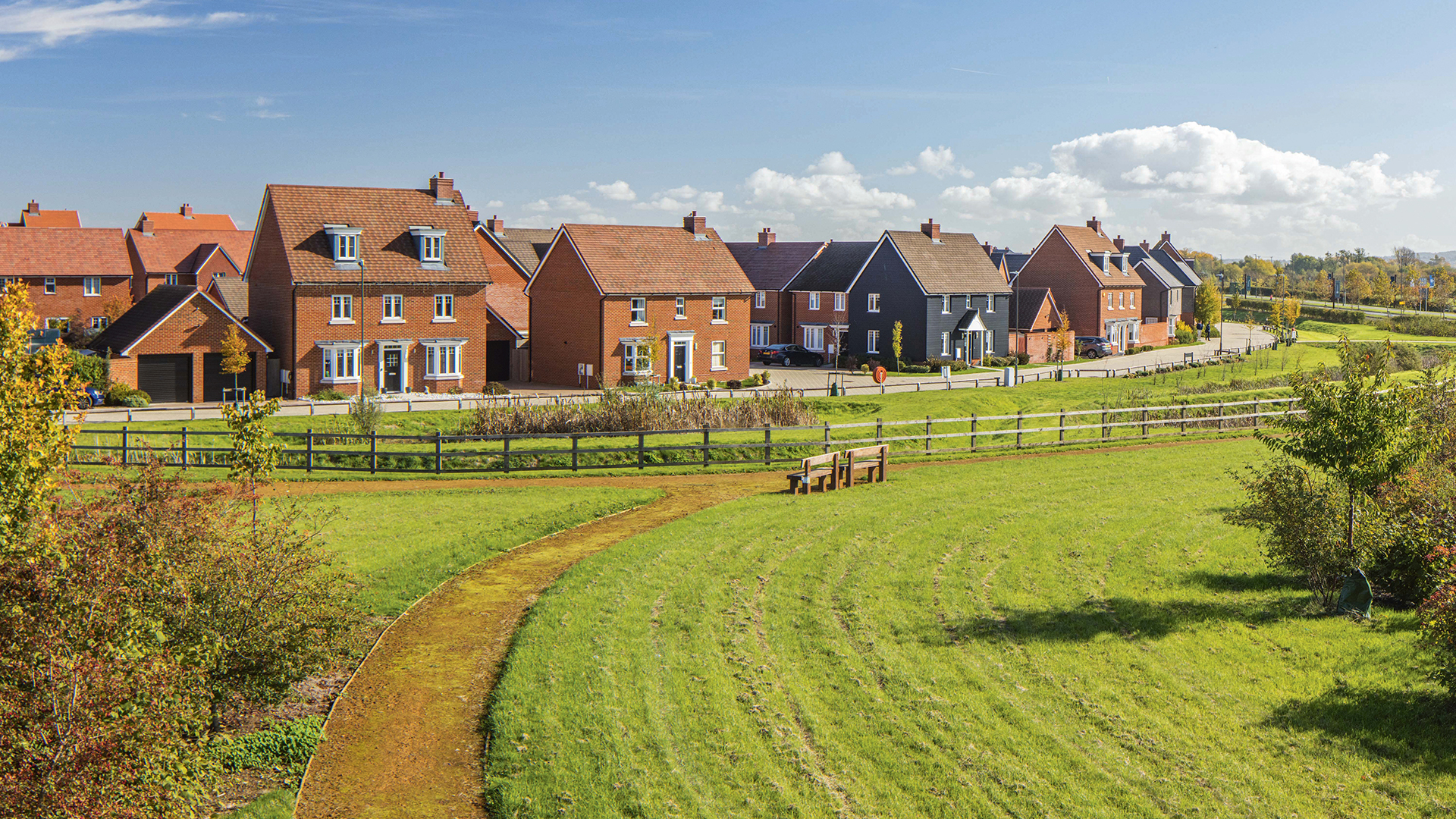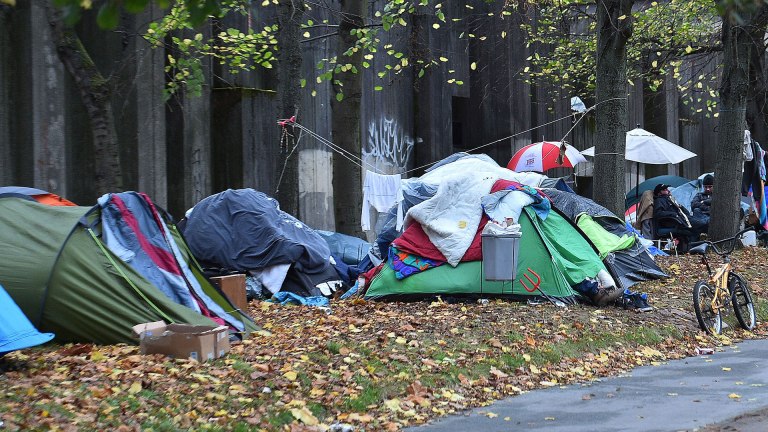Since we woke up to a new Labour government at the start of July, there has been a significant shift in gears on housing. This “shock and awe” approach is welcome, underlining the new government’s determination to get Britain building again, achieve economic growth through housebuilding and deliver on the new target of 1.5 million homes over the next parliament.
The government’s focus on growing the economy by increasing housebuilding is really positive, and so too is its commitment to tackling some of the biggest industry issues.
The new government has hit the ground running. In the first few days, ministers took action to unlock stalled sites and infrastructure projects, using the powers available to the Secretary of State. They are keen to support planning departments and to help recruit more planners where they are needed most. Opening up the grey belt, a new phrase for poor-quality areas of green belt, such as disused car parks or wasteland, would also help. The country has a significant volume of grey belt available, with the potential to make a tangible impact on housing delivery. This pragmatic change in direction is welcome.
Few would disagree that building on the green belt needs to benefit the local community, with affordable housing, green and biodiverse spaces, improved infrastructure and high quality, well-designed homes.
Meanwhile, we await more details on the government’s biggest and boldest proposal: building more new towns. The establishment of the New Towns Taskforce is encouraging, and its effectiveness will be key to delivering the 1.5m homes target.
It’s not just planning that will see more homes built though. Wider macro-economic factors also play a part. Falling interest rates and boosting demand are both key to unlocking these higher completion numbers. Affordability though still remains challenging for many people.









